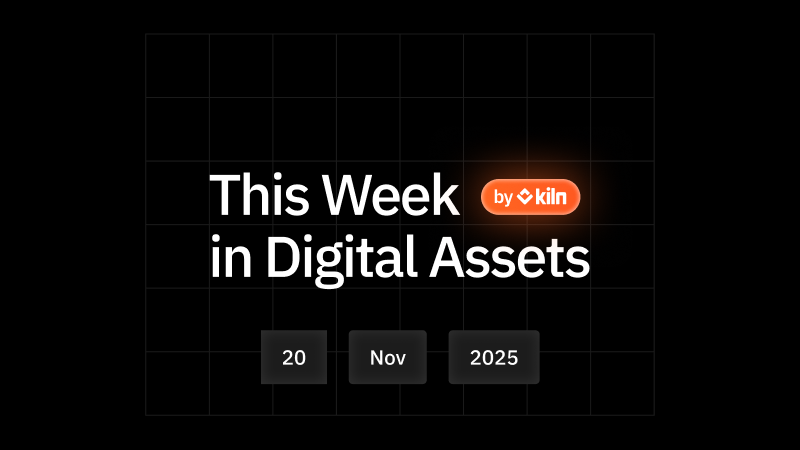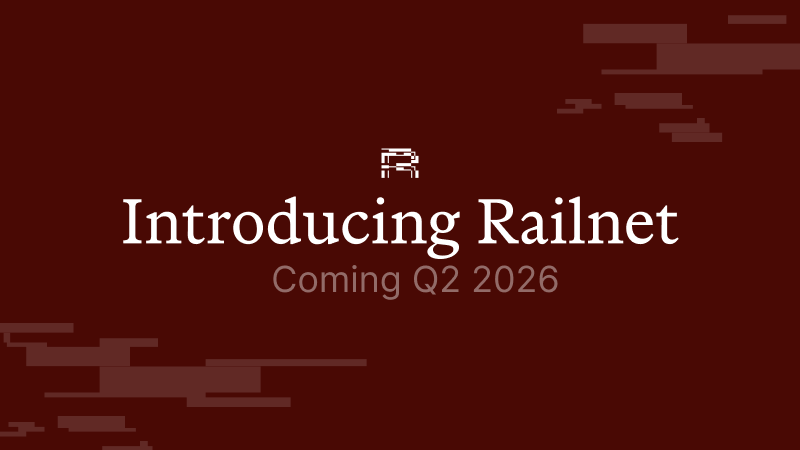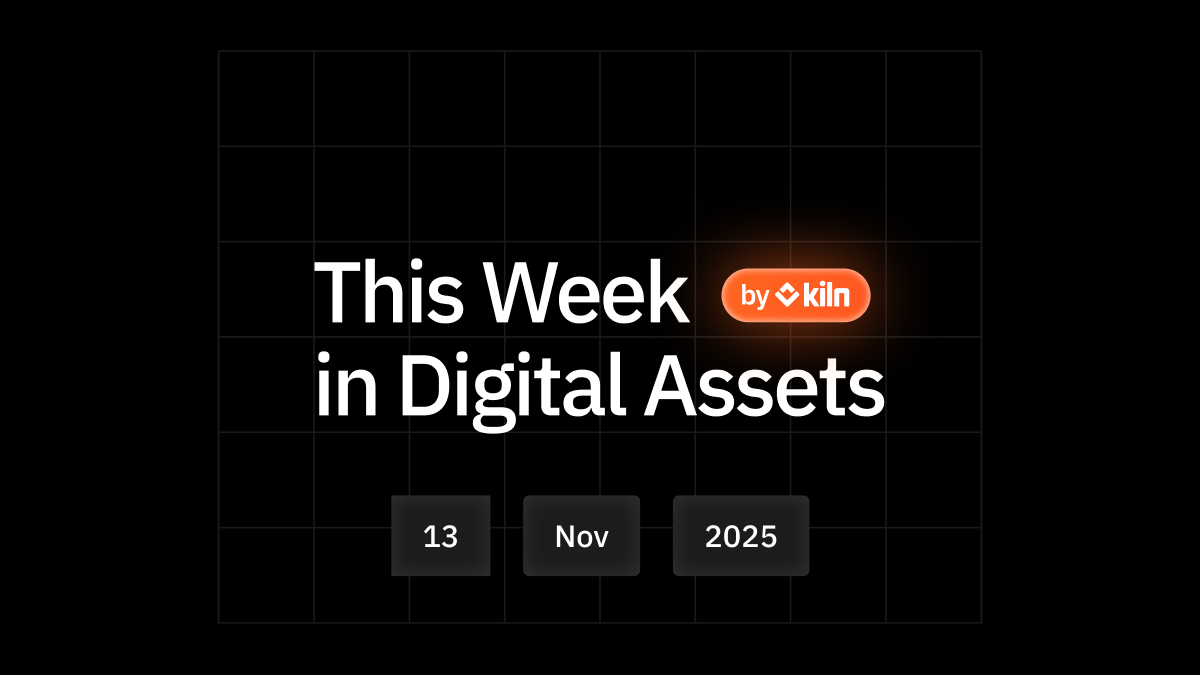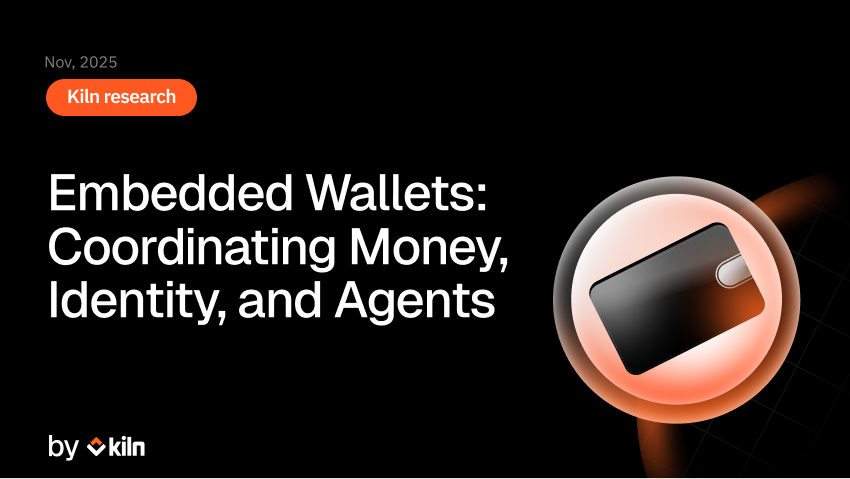PoS Ethereum and the MEV ecosystem
With the arrival of the Ethereum Merge, Proof-of-Stake (PoS) has taken over as the consensus method driving the network. Software produced by Flashbots (the organization focused on researching and developing the implications of the MEV techniques) now aims to help mitigate, democratize, and drive efficiency in the optimization of rewards in this new stage of Ethereum’s development. This software is called the MEV-Boost (Maximum Extractable Value).
Though mired in controversy, the main focus of the MEV-Boost is to help organize block production and bring the best results for validators and users of the chain. We are going to take a simple look at how this technology works and try to draw some conclusions on its usage.
What is MEV?
The Maximum Extractable Value (MEV) is the max reward value that validators can receive while adding blocks to a PoS network.
This value can be extracted by including, excluding or changing the order of transaction in a block. Decentralized exchange (DEX) arbitrage is the simplest and most well-known MEV opportunity.

While Ethereum was still in its Proof-of-Work system of block production, there were various ways in which miners could profit off of people making transactions without technically breaking the rules. This made for a less than favorable environment in which some on the network felt they weren’t getting the most out of it.
Some ways that miners bring in some extra fees are:
- Front-running, this is where a bot would notice a pending transaction and send a similar transaction with a higher gas fee to ensure it passes before the pending transaction, and benefits from an arbitrage.
- Back-running, where bots take advantage of a previous transaction to dump tokens at a higher price knowing the outcome of the first transaction.
- Sandwiching transactions, in which bots use price variations and gas fees to manipulate the price in the process of verifying a trade.
MEV aims at collaboration between different third parties to organize blocks by transactions and attempt to extract additional value from them. Through the MEV, both validators and those using the Ethereum network should be able to get the most out of their transactions.
This is why Ethereum staking yield can be higher during periods of high on-chain activity, like at the time of writing this article, when users are relying on Decentralized Exchanges (DEX) a lot and so generate more MEV opportunities. For instance, in early November we saw staking yields reach ~14% GRR* following the FTX debacle.
How to build, bundle, and make the most of block space
When a validator is chosen to produce a block a series of events begins in the lead up to validating the block.
For a validator to add a block to the chain, the block requires building first. This is done through gathering transactions together, organizing them and suggesting them as the next sequence in the chain. While proposer and block-builder roles may both be completed by the validator, this often leads to non-optimized blocks (blocks that don’t produce the MEV) and the potential issue of censorship of transactions.
Alternatively, the role of a block-builder as a separate function (to a proposer who runs a validator) for organizing transactions has been introduced.
A block-builder looks at current transactions in line to be produced and creates pre-made ‘bundles’. They then purchase block space from proposers through the MEV-Boost with the hope of receiving the most profit (MEV) from that block when it is added to the network.
When separated, validators (proposers) are in charge of receiving, broadcasting, and adding blocks, and builders organize transactions and put together ‘pre-made’ blocks for the validators.
This is what is known as proposer-builder separation (PBS) and it has many advantages:
- Prevention of centralization/censorship
- Incentivizes competitiveness among block-builders
- Offers more value from each block produced
So in practical terms, this is what the process would look like:
- A user submits a transaction to be confirmed by a validator
- The transaction is sent to be processed and made into a block along with all other transactions being made at that time
- Block-builders step in for the next selected validator and compete to build the best possible bundles (potential future blocks) from all the available transactions in the transaction queue
- Block-builders send their bundles to one or several relayers
- The block is then picked by the block proposer from one a relayer

What are the criticisms of the MEV?
Though the MEV software was built with the idea of improving efficiency validators and those transacting on the Ethereum network, there are still those who warn against the use of it. Some reasons behind this include:
- Censorship of certain applications and transactions (like the Tornado Cash dApp)
- Re-centralization through bots that pick and choose transactions
Some of the more vocal critics in the Ethereum community have even called to implement slashing against MEV-Boosted validators.
The greater issue that critics of the MEV-Boost have is that its use will lead to re-centralization and the censorship of transactions. As we have seen this could come about in a variety of ways, through bots being able to pick and choose transactions, and disregarding transactions from certain applications entirely.
The argument in terms of whether the MEV-Boost is a technology for good or bad goes on. These are valid critiques of the MEV-Boost afterall.
With time, MEV-Boost will become far more widely used and therefore increase neutrality allowing all stakers to benefit from extra MEV returns. This will mean more efficient transaction processing and more decentralization as more validators incorporate its use.
There is also the argument that with future development will come greater incentives and punishments for malicious block builders. We are in the very early stages of this program and have yet to see how its mainstream implementation will drive its progress. Some experts have suggested possible fixes that could address concerns.
These include:
- Separate stakes with slashing risks for block builders
- Censorship resistance lists (CRlists)
- A reputation system to vet builders (a mechanism seen on Ethereum’s PoW system)
- Industry led regulation on the use of PBS
Whatever the case may be at the end of this debate, further growth in the builder market will surely bring a more level playing field to these programs. The more stakers come to rely on MEV-Boost, the more it will be improved by Flashbots, and indeed by competitors.

(Credits: Felix Lutsch)
What is Kiln’s Involvement with the MEV-Boost?
Kiln has been contributing to MEV-Boost and helping test its Merge-readiness. For instance, we were proud to be the first MEV-Boost ready node operator on the Merge testnets, helping ensure a smooth transition. MEV-Boost is run by default on all validators deployed through Kiln’s technology, which enables our customers to benefit from higher staking yields than average (~7.02% GRR at the time of writing this article).
On October 19th, precisely at block 15782459, a Kiln validator running for Lido proposed a block with 121.59 ETH rewards, making it the top 9 largest value extraction recorded at the time of writing this article. These extra rewards will be re-distributed to stETH owners.
Want to stake your ETH and benefit from MEV? Contact our sales team
About Kiln
Kiln is the leading enterprise-grade staking platform, enabling institutional customers to stake assets, and to whitelabel staking functionality into their offering. Our platform is API-first and enables fully automated validators, rewards, and data and commission management. With over $2.2b stake under management, Kiln has a particularly strong track record on Ethereum as we run about 3% of the network; this includes 22,000+ validators with 0 slashing events.
Sources:
- https://ethresear.ch/t/proposer-block-builder-separation-friendly-fee-market-designs/9725
- https://writings.flashbots.net/writings/why-run-mevboost/
- https://boost.flashbots.net/
- https://www.kiln.fi/post/kiln-is-the-first-node-operator-to-ever-deploy-flashbots-solution-on-pos-ethereum
* GRR stands for Gross Reward Rate, a term commonly used in staking. It represents the total rewards earned by staking participants before any fees or deductions are taken into account.
About Kiln
Kiln is the leading staking and digital asset rewards management platform, enabling institutional customers to earn rewards on their digital assets, or to whitelabel earning functionality into their products. Kiln runs validators on all major PoS blockchains, with over $11 billion in crypto assets being programmatically staked and running over 5% of the Ethereum network on a multi-client, multi-cloud, and multi-region infrastructure. Kiln also provides a validator-agnostic suite of products for fully automated deployment of validators and reporting and commission management, enabling custodians, wallets, and exchanges to streamline staking or DeFi operations across providers. Kiln is SOC2 Type 2 certified.


















